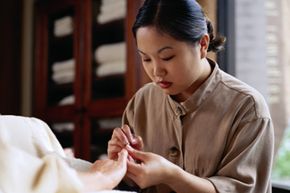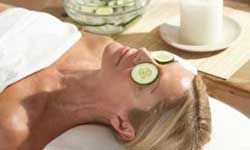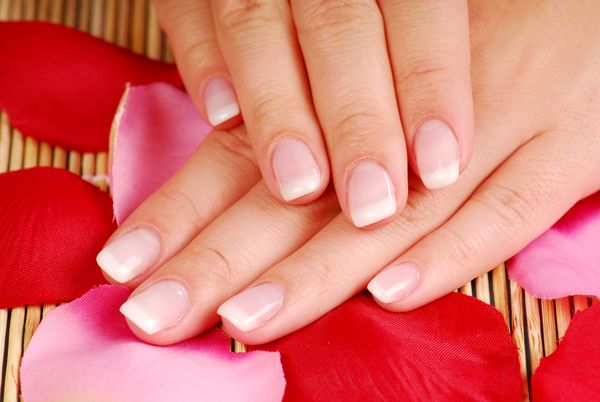These days, it might seem like there's a nail salon in every shopping center and on every street corner.
It's not your imagination -- nail salons are one of the fastest growing industries in the United States [source: Quach et al.]. For customers, getting a manicure is an easy, relatively inexpensive way to feel pampered, and for nail technicians, working at a nail salon only requires a short training period and offers a flexible work schedule. Additionally, the job doesn't require perfect English proficiency, an advantage for the Asian immigrants who make up more than 40 percent of the growing salon workforce [source: NAPAWF].
Advertisement
Every now and then, a story will appear in a magazine or on the local news about the threats posed by salons. These stories usually focus on potential threats to customers -- a dirty footbath might harbor untold bacteria, while poorly sterilized instruments put customers at risk of staph infections or hepatitis. While salon patrons may keep an eye out for their own safety, we're much less likely to pause and consider the safety of our manicurists. In recent years, however, anecdotes have started trickling out about these professionals' health problems; manicurists have reported skin rashes, respiratory problems, headaches and reproductive problems such as miscarriages or stillbirths [sources: Fernandez; Sole-Smith].
Many environmental watchdog groups link these health problems to the chemicals that are in the salon's products. It's possible that products that may be safe for the average consumer are unsafe for workers who are exposed to them day in and day out. Cosmetics and salons are currently in something of a gray area as far as regulatory oversight goes, which we'll examine on the next page. Further complicating matters, the people most affected by these issues speak little English, and may be suspicious of outside agencies that would take away their livelihood by shutting down a salon for improper ventilation or using certain chemicals.
These circumstances present a unique public health situation. More research is required to ascertain what health problems exist and why, but these health issues exist within a community that may be wary of the people asking these sorts of questions. The nail technicians require outreach from organizations and people they can trust and understand. Enter the California Healthy Nail Salon Collaborative, which was formed in 2005. It's leading the way on research and outreach to manicurists that may provide a useful model to salons around the country. On the next page, we'll examine the challenges ahead and the studies underway that could create a safer salon for everyone.
Advertisement


